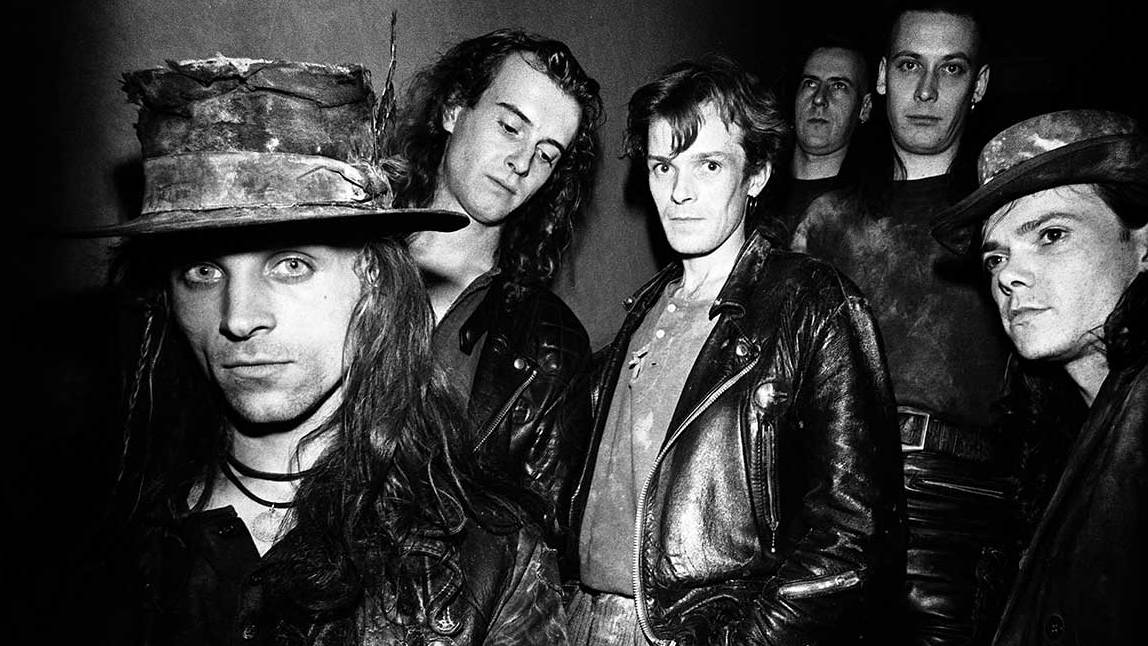Goth has been around for four decades and the gothic aesthetic, for even longer. To coincide with World Goth Day (May 22), Natasha Scharf ponders why goth is still so popular.
When British post-punk band Bauhaus released what would retrospectively be classed as the first goth single, Bela Lugosi’s Dead, no one would have guessed that the goth movement would still be alive and kicking its winklepickered feet 37 years later. Goth is now a worldwide movement, has its very own ‘public holiday’ and is currently enjoying yet another renaissance, thanks to the online goth blogging and vlogging communities.
So, why is goth still so popular?
Like metal, goth began with music and made its own rules. Since day one, the argument over what goth really is has been rumbling like hearse wheels over the same bit of gravel. Back then, it could be simply defined as an artier form of punk with more cerebral lyrics, often inspired by literature, history and film, and a darker image. Over the course of the next few decades, it’s developed into an attitude, a lifestyle, and a way of expressing yourself through music and dress. It’s become a subculture that’s both creative and intelligent – academic studies have even demonstrated that goths tend to be well-educated and favour brainy professions.
But goth has changed over the years and, just like metal, it’s now a multi-faceted genre. From the different fashion sub-genres associated with it to the different styles of dark music its consumers are drawn to; it offers a complete alternative lifestyle and a break from the monotony of mainstream culture. You can literally gothify every aspect of your life and it’s no longer classed as just a youth movement. It’s like Ministry once sang: “(Everyday Is) Halloween”. Of course, all this evolution has led to some naysayers dismissing goth as dead and buried, but in reality, it’s been keeping up with the times. The advent of modern musical styles such as gothic metal and dark industrial have embraced both goth aesthetics and attitudes, keeping fresh blood pumping through its blackened heart, even though not everyone agrees they’re goth.
It’s been seven years since British club DJ Cruel Britannia was inspired to promote Goth Day and six since it became World Goth Day, with the help of fellow DJ Martin Oldgoth. Their original aim was to remind everyone that goth did still exist and raise awareness of its diversity by encouraging people to ‘get your goth on for a day’. They suggested we wear our goth finery, dig out forgotten tunes from our music collection or request goth songs on the radio. Goths around the world responded by organising their own events and podcasts. They even baked goth cakes and came up with other inventive ways to raise goth’s profile.
Goth isn’t cosplay and it’s not about wearing Halloween costumes; it’s a way to engage with the world through dark-tinted glasses and this is why it’s survived so long. Goth offers solace to those who don’t fit into society’s neat little boxes: the outsiders, the freaks, the weirdos. It provides a safe place to explore emotions and ideas that might otherwise be described as too dark, mysterious or macabre. Goth’s aesthetics are edgy enough to be perceived as a form of rebellion but they’re also universal enough to be incorporated into everyday life. Each evolution of goth has left an indelible mark on contemporary culture, whether that’s in movies and video games, or in the form of the modern cholo goths or eyebrow-raising health goth trend. The dark thread that runs through goth music, fashion and culture connects followers in the UK with those in countries as politically diverse as Korea, South Africa and Mexico. It’s influenced acts from Katatonia and Ghost to pop singer Lorde – all a far cry from the jangly guitars, two-step dancing and backcombed hair of 80s goth.
So let’s celebrate this World Goth Day: it’s time to be goth and proud!

